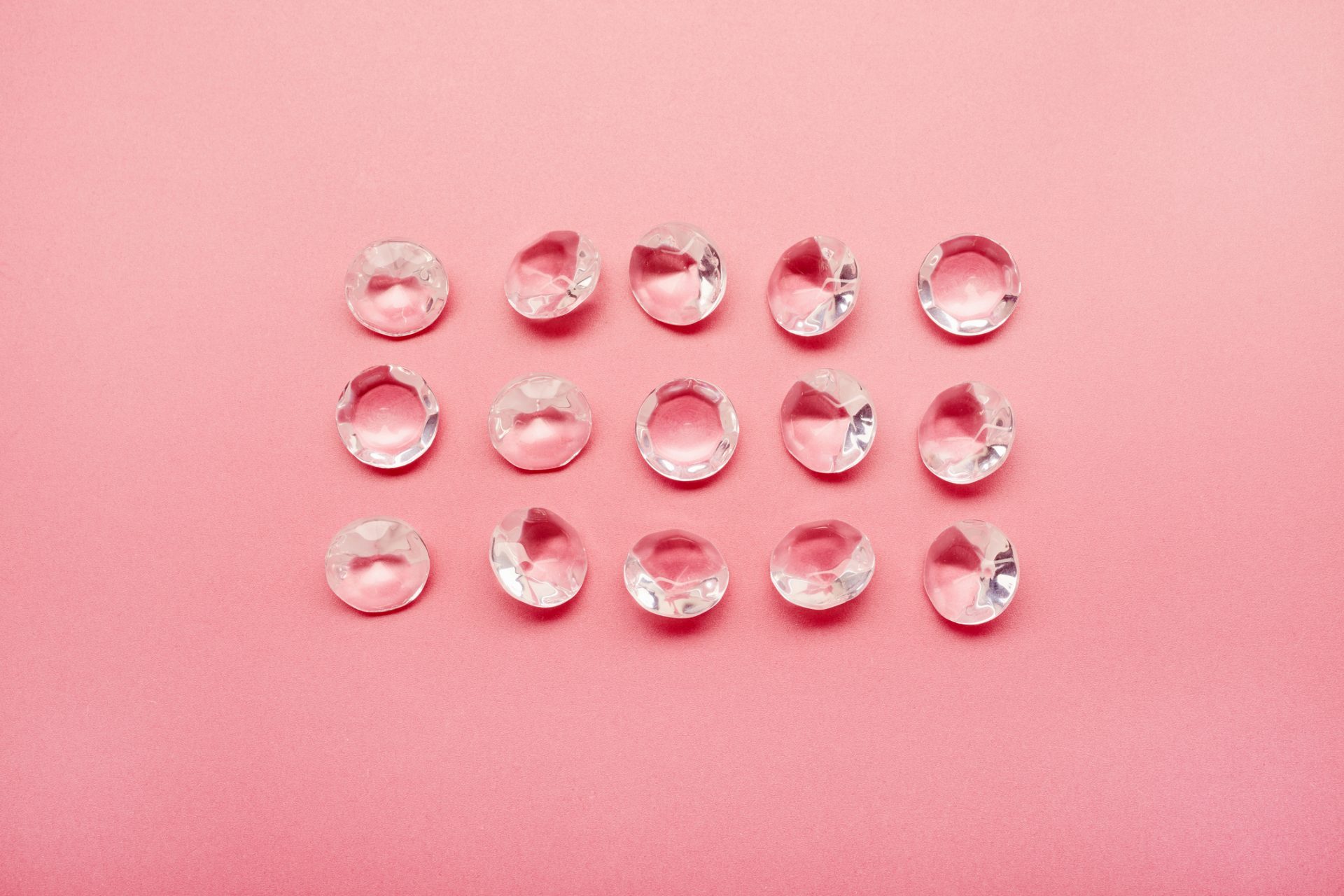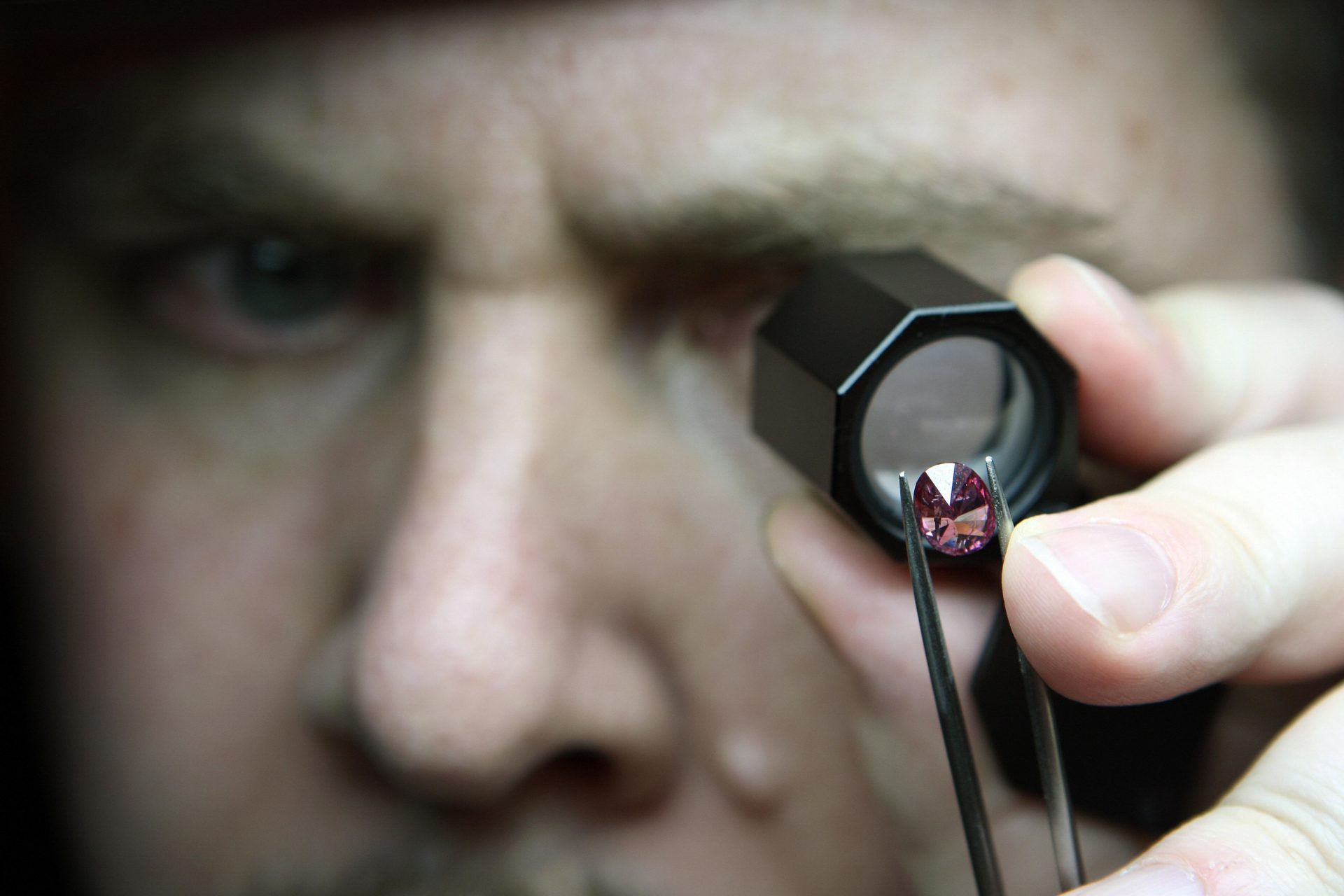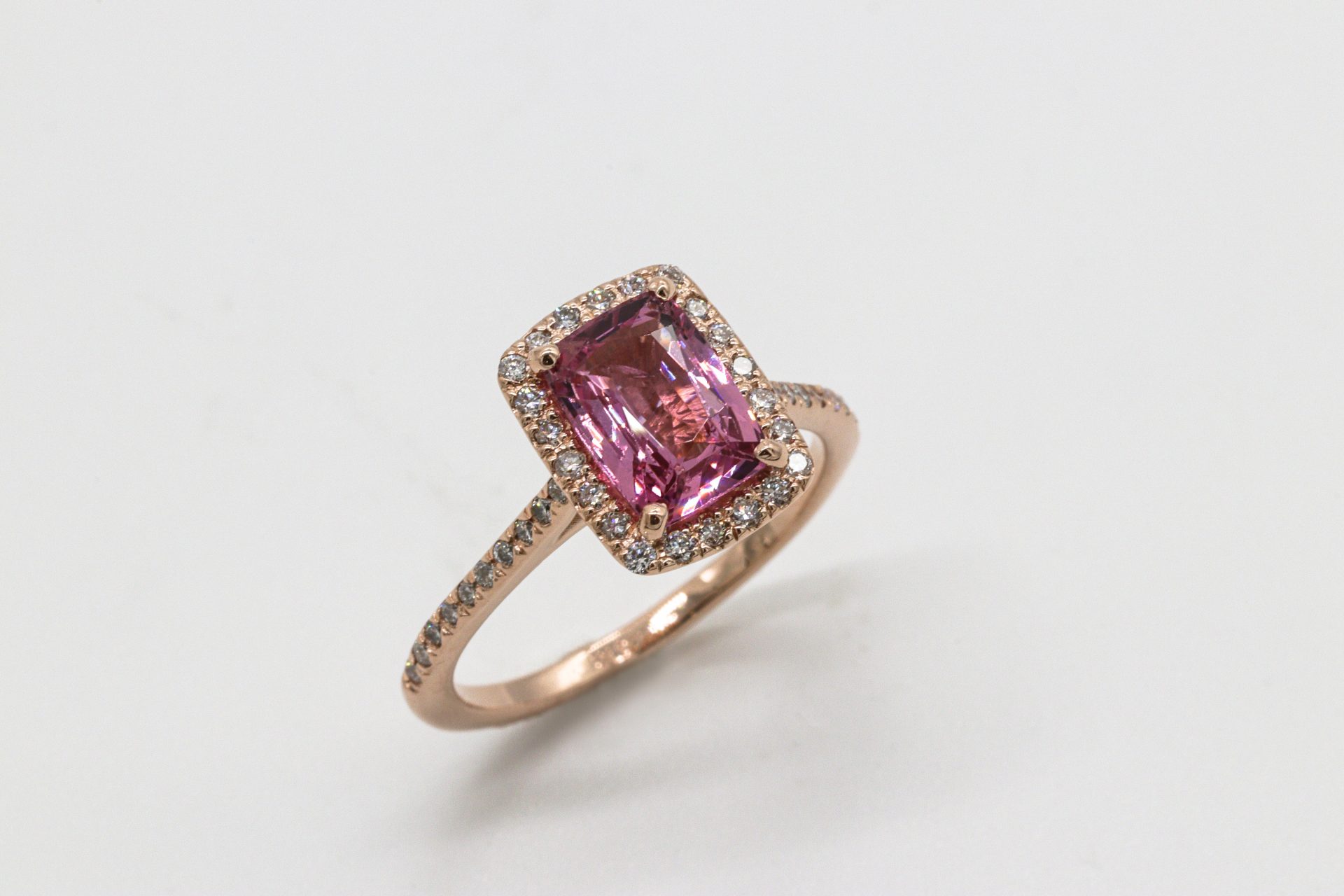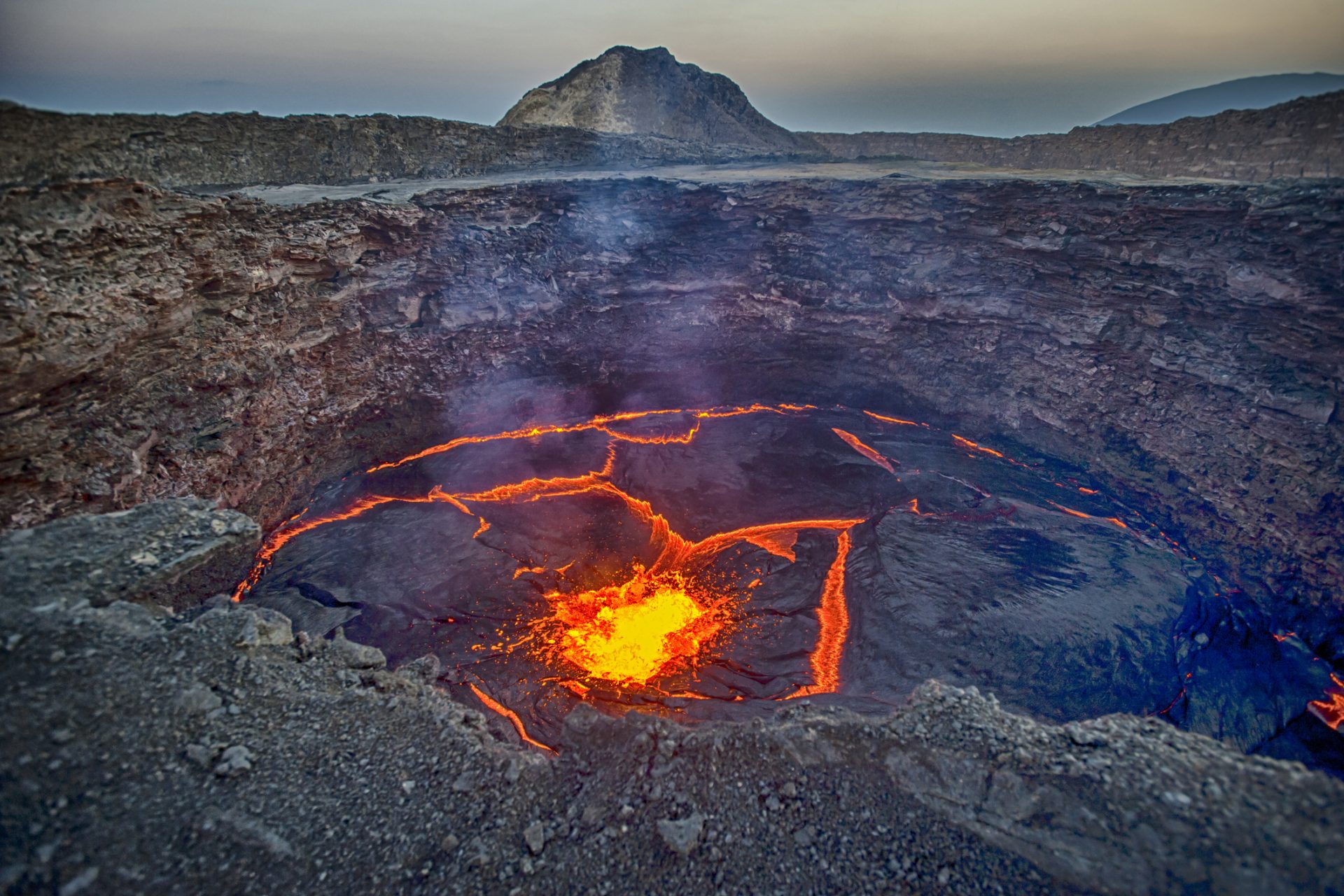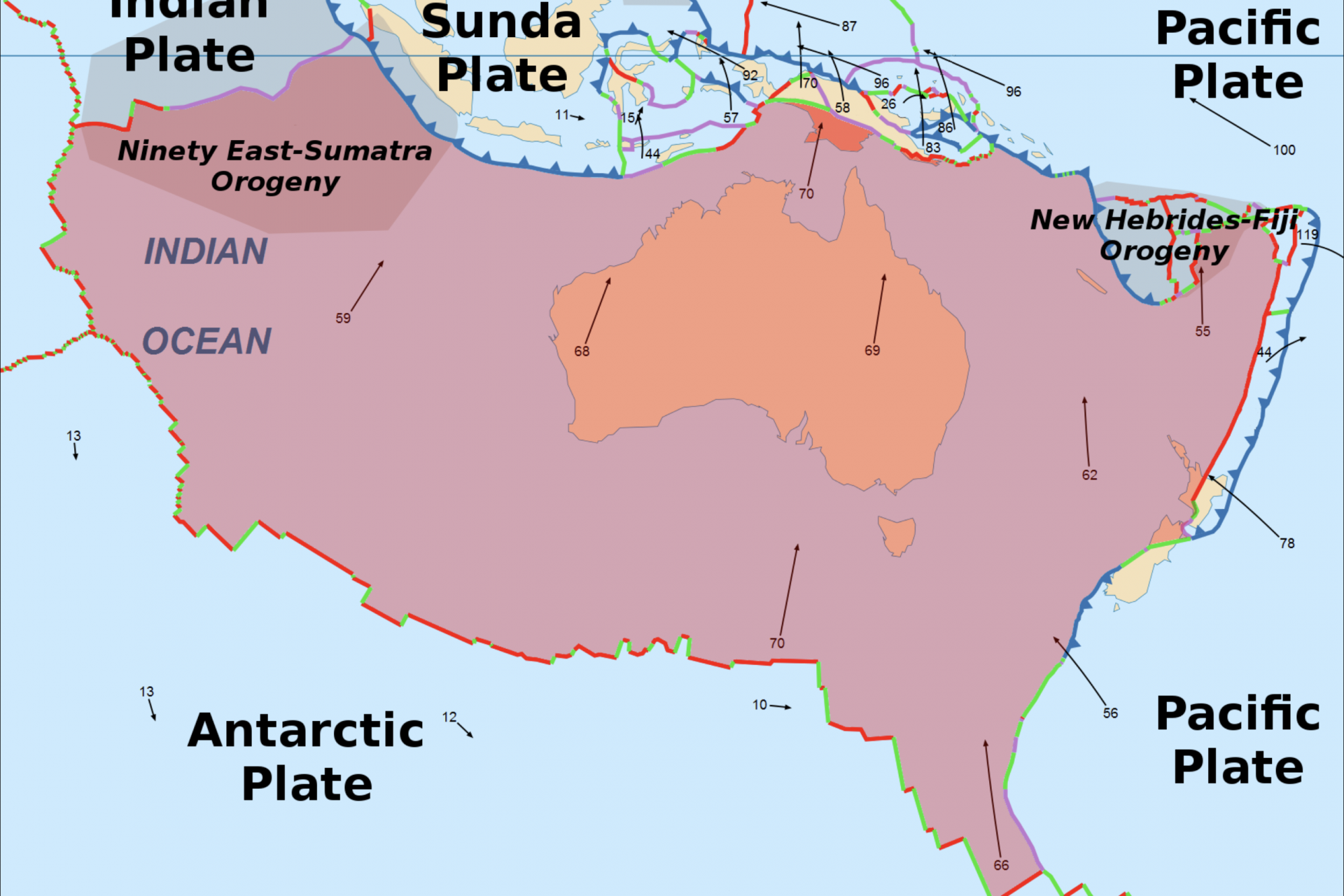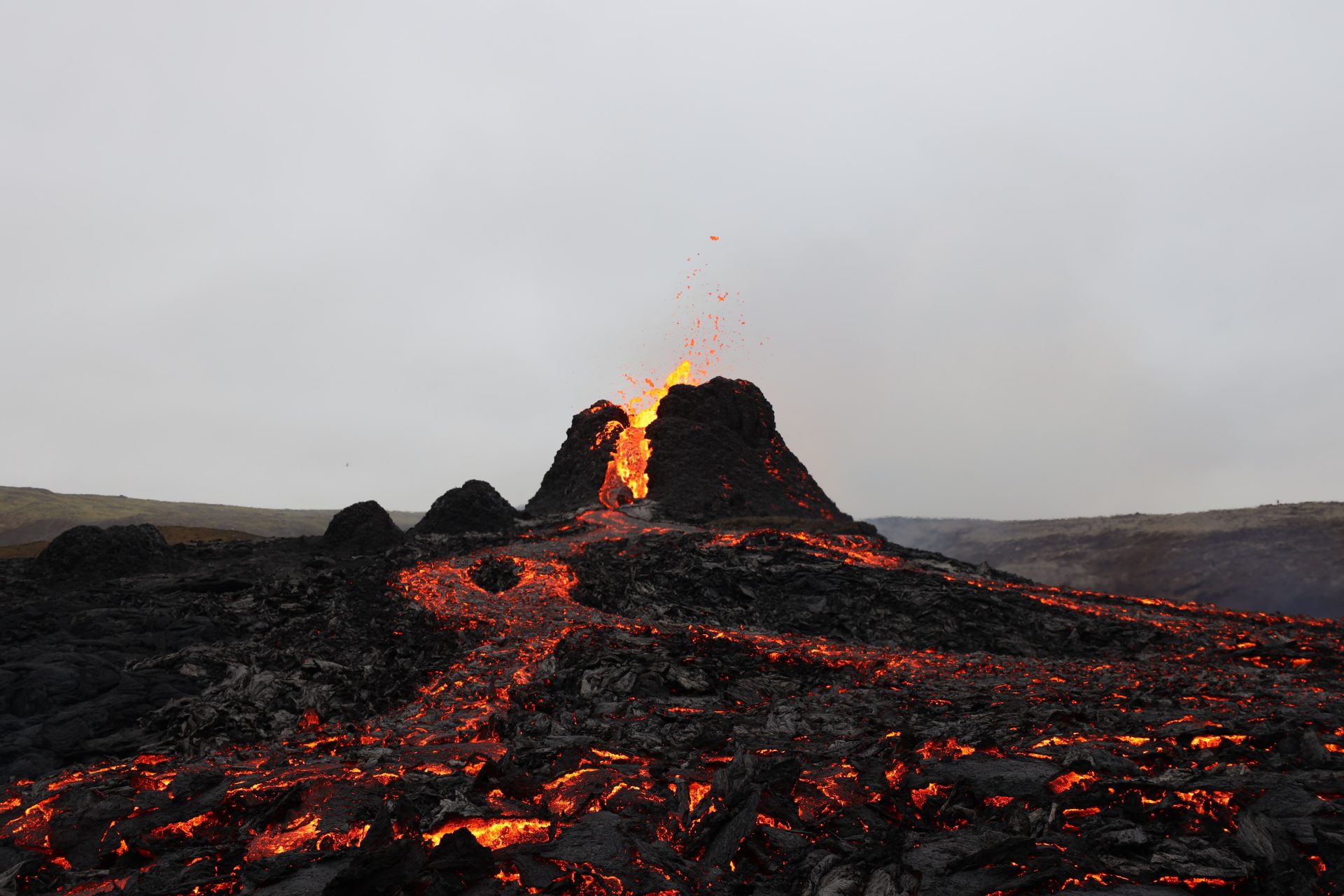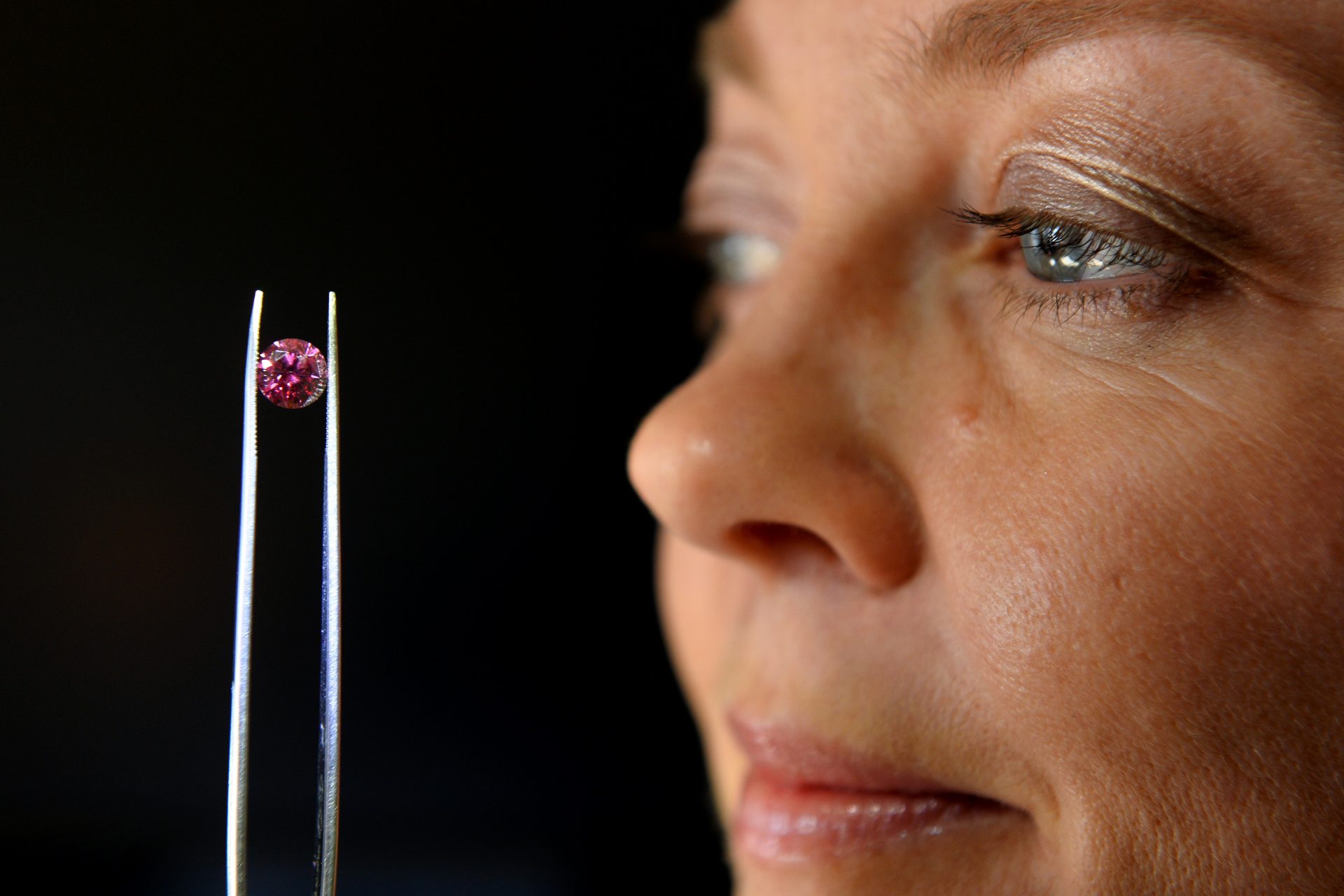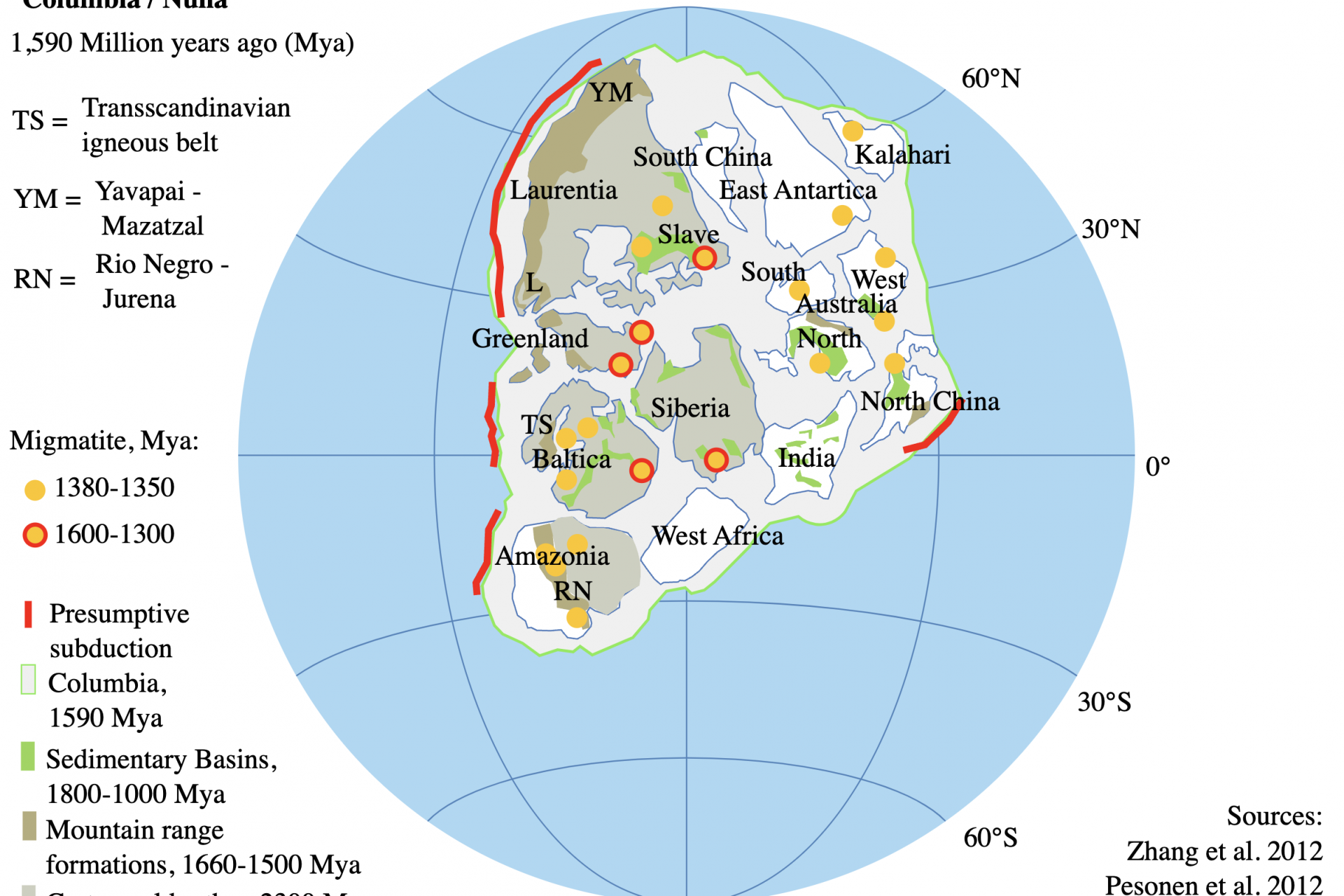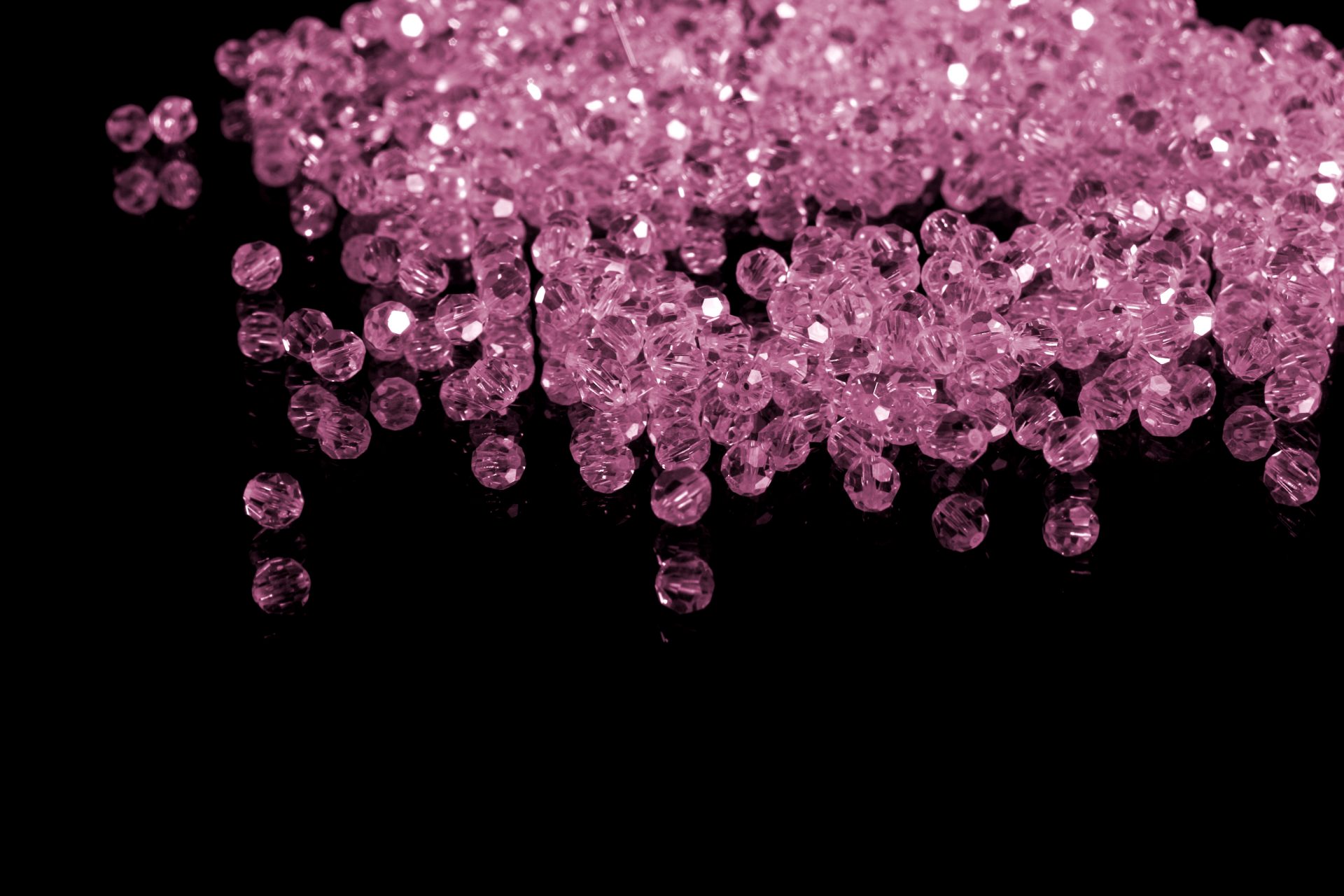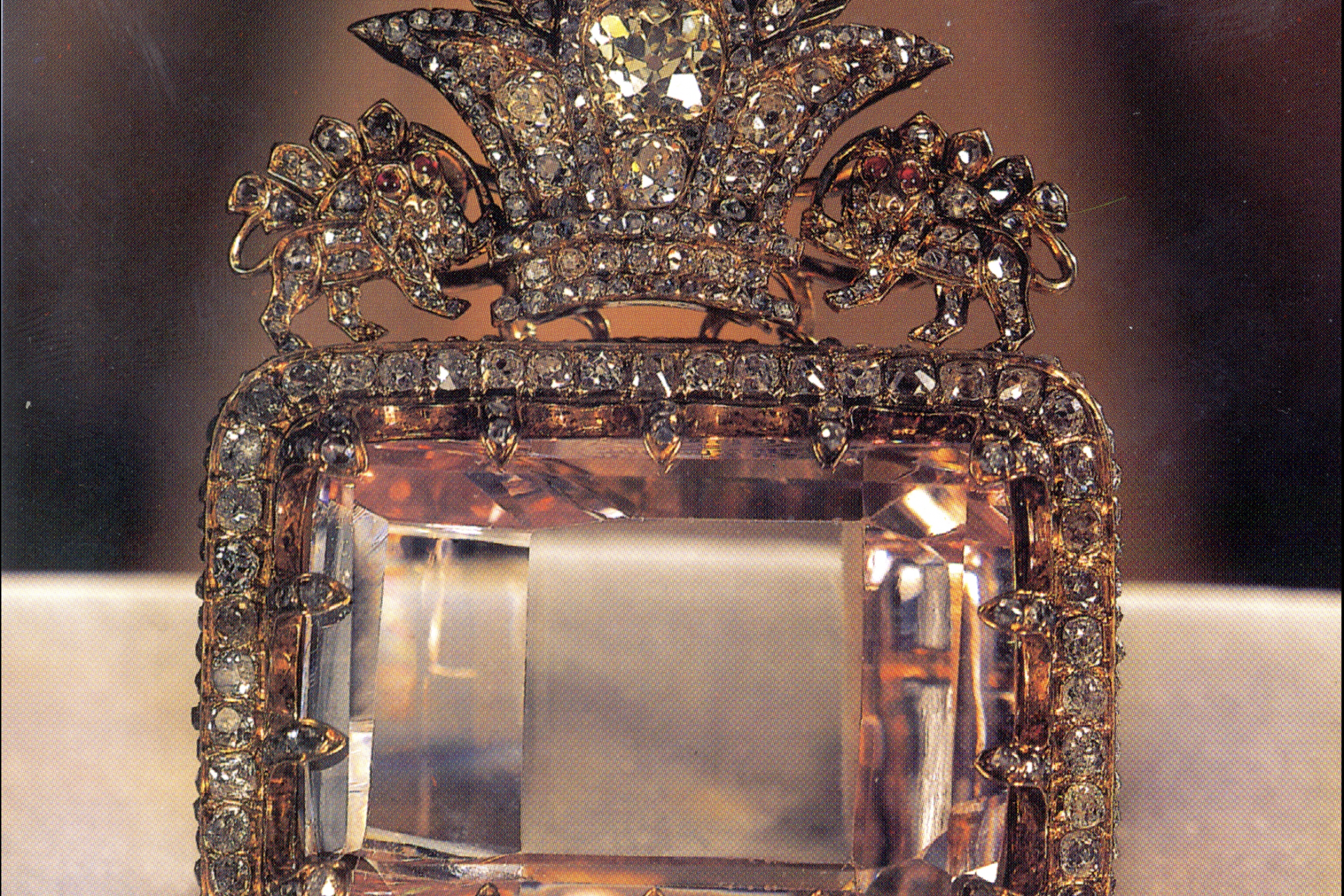What are pink diamonds and how did they get their interesting color?
Natural pink diamonds are among the world’s rarest and most prized gemstones but it is not very clear why these priceless hunks of carbon take on their distinctive color, though most researchers think it has to do with pressure.
Some experts believe that pink diamonds get their coloration due to damage that occurs at some point in their formation. “They’re actually damaged diamonds,” Curtin University geoscientist Hugo Oleirook told the New York Times.
Coloration in diamonds is thought to come from varying levels of pressure the gems are subjected to while forming under the Earth’s surface. However, all diamonds are formed under pressure so what causes diamond coloration?
Diamonds can be finicky gems and while it's true pressure is what forms a diamond, too much can transform its colors. “A slight extra squeeze turns a diamond pink, and a hard squash turns it brown,” the New York Times noted.
Photo by Sabrianna on Unsplash
Olierook explained this process to Scientific American and said diamonds are forced to bend and twist, if a diamond is twisted just a bit then it will turn the gem pink while if it is twisted too much it will turn the diamond brown.
Photo Credit: Wiki Commons: By Jorfer - Own work, Public Domain, https://commons.wikimedia.org/w/index.php?curid=5521724
Pink diamonds are far rarer than you might think and 90% of these beautiful jewels have come from one place, the Argyle mine in Western Australia, and scientists finally believe they know why it produced so many pink diamonds.
Hugo Olierook and several of his colleagues published a brand new paper in the journal Nature Communication and estimated that pink diamonds from the Argyle mine resulted from a geological abnormality 1.8 billion years ago.
Scientific American noted that a piece of what comprises what is now Western Australia smashed into the Northern Australia plate, which buried the region's diamonds deep into the Earth’s mantle until they came to the surface.
Photo Credit: Wiki Commons: By Alataristarion, Eric Gaba (Sting - fr:Sting) - This file has been extracted from another file, CC BY-SA 4.0, https://commons.wikimedia.org/w/index.php?curid=39885183
However, the story of how Argyle’s diamonds made their way to the planet’s surface is a tale in and of itself. Olierook and his fellow researchers believed a volcano was needed in order to get the molten diamonds to the surface.
Photo by Toby Elliott on Unsplash
“You need some sort of tectonic trigger to bring them up to the surface,” Olierook stated. This event likely occurred 1.3 billion years ago according to research from Olierock and his colleagues, who analyzed mineral samples.
“We had a betting pool going,” Olierook told Scientific American. But neither he nor any of his colleagues guessed close to the mark of 1.3 billion years. “That was one of those glass-shattering moments,” Olierook added.
The timing of the eruption that brought Argyle’s pink diamonds to the Earth’s surface is in line with a particularly volatile period of the planet’s history where the world’s first big supercontinent Nuna was breaking up.
Photo Credit: Wiki Commons: By Alexandre DeZotti - Own work, CC BY-SA 3.0, https://commons.wikimedia.org/w/index.php?curid=50788350
Scientific American noted that Olierook’s team believes the instability of the time period opened up a seam along the continental barrier the Argyle mine is now located over. If true, this could explain the volcanic activity that brought the diamonds to the surface.
If it sounds like the perfect storm of conditions unfolded to create Argyle’s pink diamond abundance, then you’d be correct. Pink diamonds truly are exceedingly rare and sell for as much as $2 million per carat according to the Gemological Institute of American
Some examples of famous pink diamonds include the Noor-ul-Ain diamond known as ‘the light of the eye’ and the Daria-i-Noor, which weighs in at an eye-watering 186 carats. Neither diamond was discovered in Australia.
Photo Credit: Wiki Commons: By Unknown author - Collection of the national jewels of Iran at Central Bank of Islamic Republic of Iran, Public Domain, https://commons.wikimedia.org/w/index.php?curid=40817749
The current world record for a gemstone sold at auction belongs to a diamond known as the Pink Star, which sold for $83.2 million according to Cape Town Diamond Museum. However, the buyer eventually defaulted on the payment.
Photo Credit: Instagram @sothebys
More for you
Top Stories



